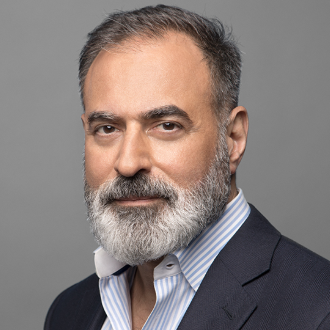
Virtually overnight, COVID-19 “meaningfully” affected Welltower’s business, but the Toledo, OH-based real estate investment trust remains committed to senior housing in its portfolio, executives said Thursday on a first-quarter earnings call.
“Residential care concepts like senior housing allow these much-needed activities of daily living to be delivered in consistent, supportive, efficient and cost-effective ways. It’s why we believe in the long-term viability of this business,” Welltower Chairman and CEO Tom DeRosa said. “When COVID-19 is a bad memory, we will still need to meet the health and wellness needs of a rapidly aging population and reimagine and develop a more sustainable healthcare delivery infrastructure.”
Operators at Welltower’s 586 properties reported 1,044 confirmed cases of COVID-19 as of May 1. About 72% of the REIT’s senior living communities reported no cases, with 13% reporting one to three cases and 15% reporting four or more cases.
Welltower’s senior housing operators spent an unanticipated $7 million in March related to the COVID-19 pandemic. Those costs were driven by higher labor costs as well the purchase of personal protective equipment and other supplies.
As of May 1, the REIT’s senior housing operators reported occupancy of 82.7%, down from 84.8% in April. Shankh Mitra, vice chair, chief operating officer and chief investment officer, said that almost half of the communities in the Welltower portfolio are completely shut down to new admissions, and others are acting as if they are. Welltower is hearing from operators that they may begin to reopen in May or June, he said.
Despite these challenges, executives said they see senior housing as a growth opportunity.
“No other real estate has a better opportunity to create long-term value than senior housing, Mitra said. “Price aside, senior housing is the biggest opportunity.”
DeRosa said Welltower is committed to senior housing because of the aging population and increasing needs.
“We still believe that because of the aging population, and because of the needs of a population of seniors who are going to be living longer, we are still committed to models that bring those seniors together in settings that can better manage their needs, whether they are less acute or more acute,” DeRosa said. “While we’re sitting at a moment in time that is challenging that model, we do not think there is a better alternative longer term than putting seniors in environments where their social determinant needs can be met effectively and cost efficiently.”




